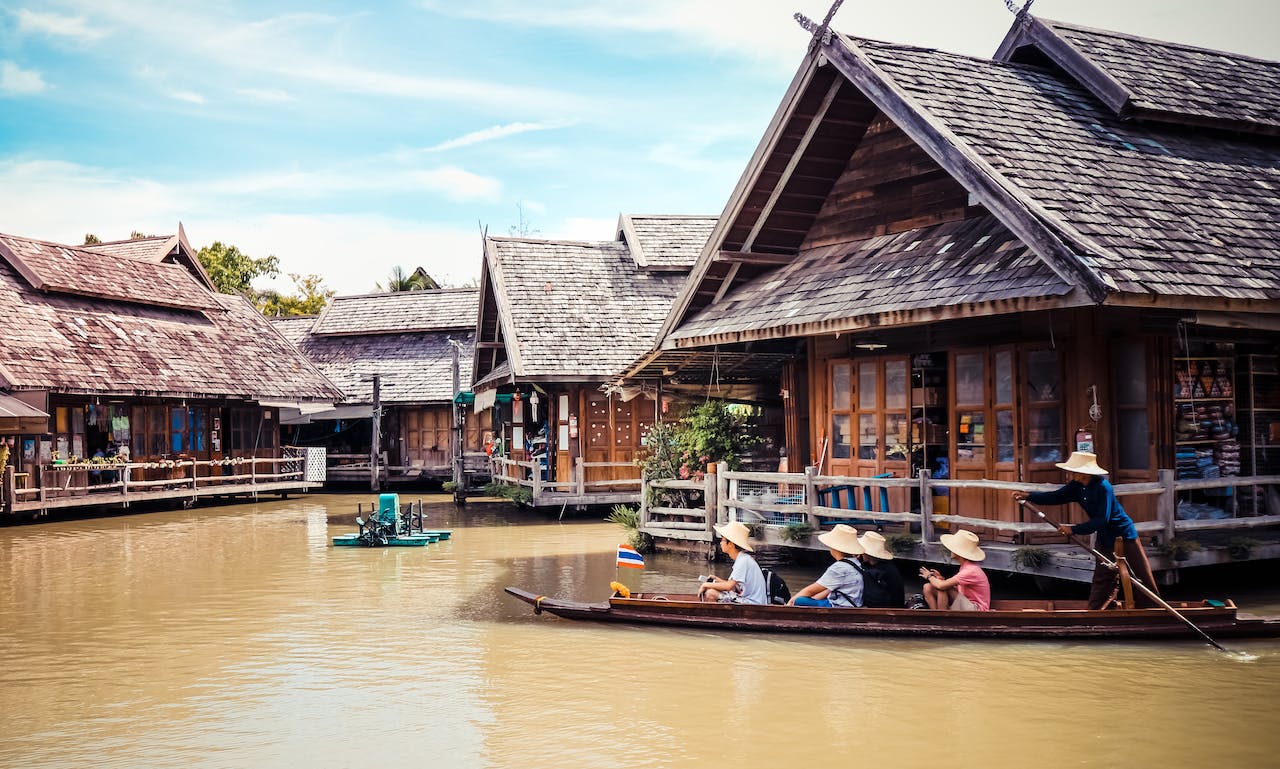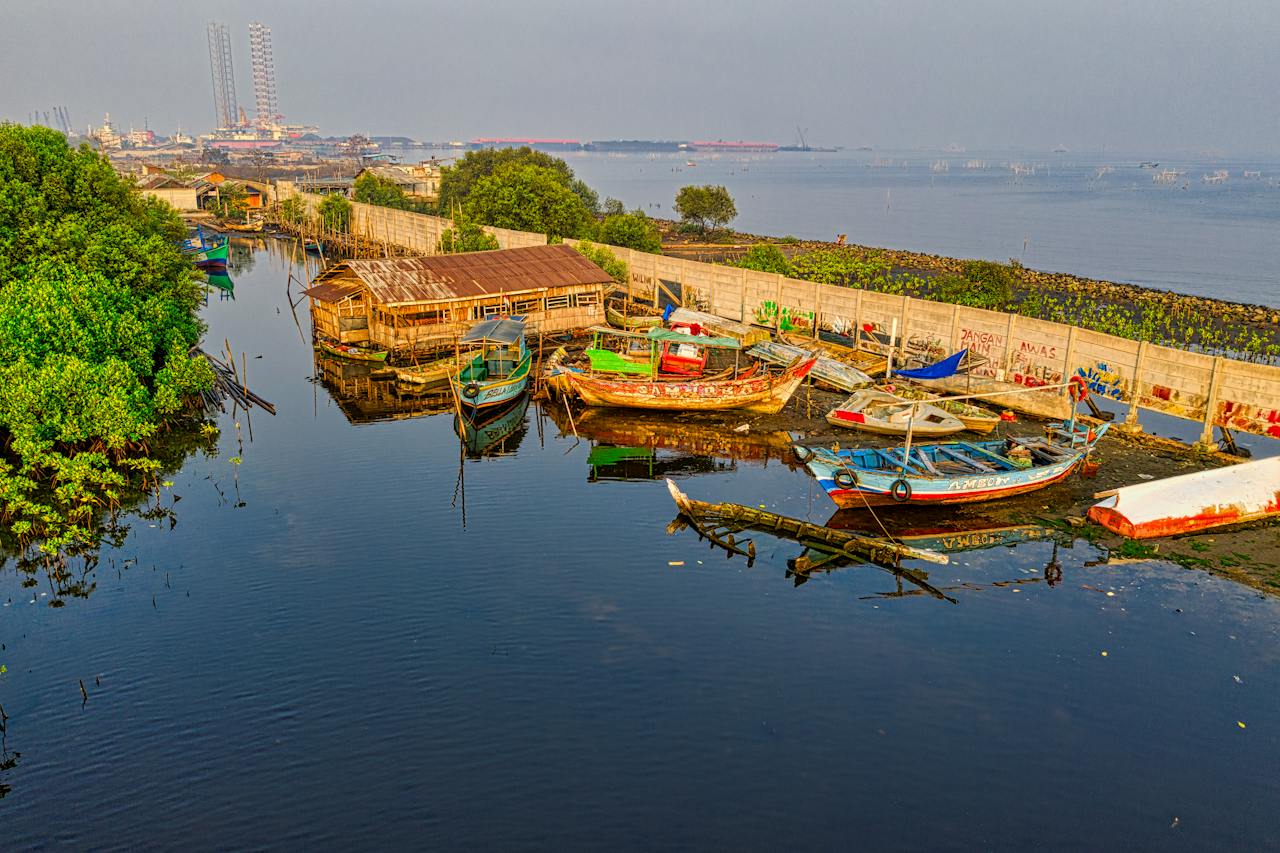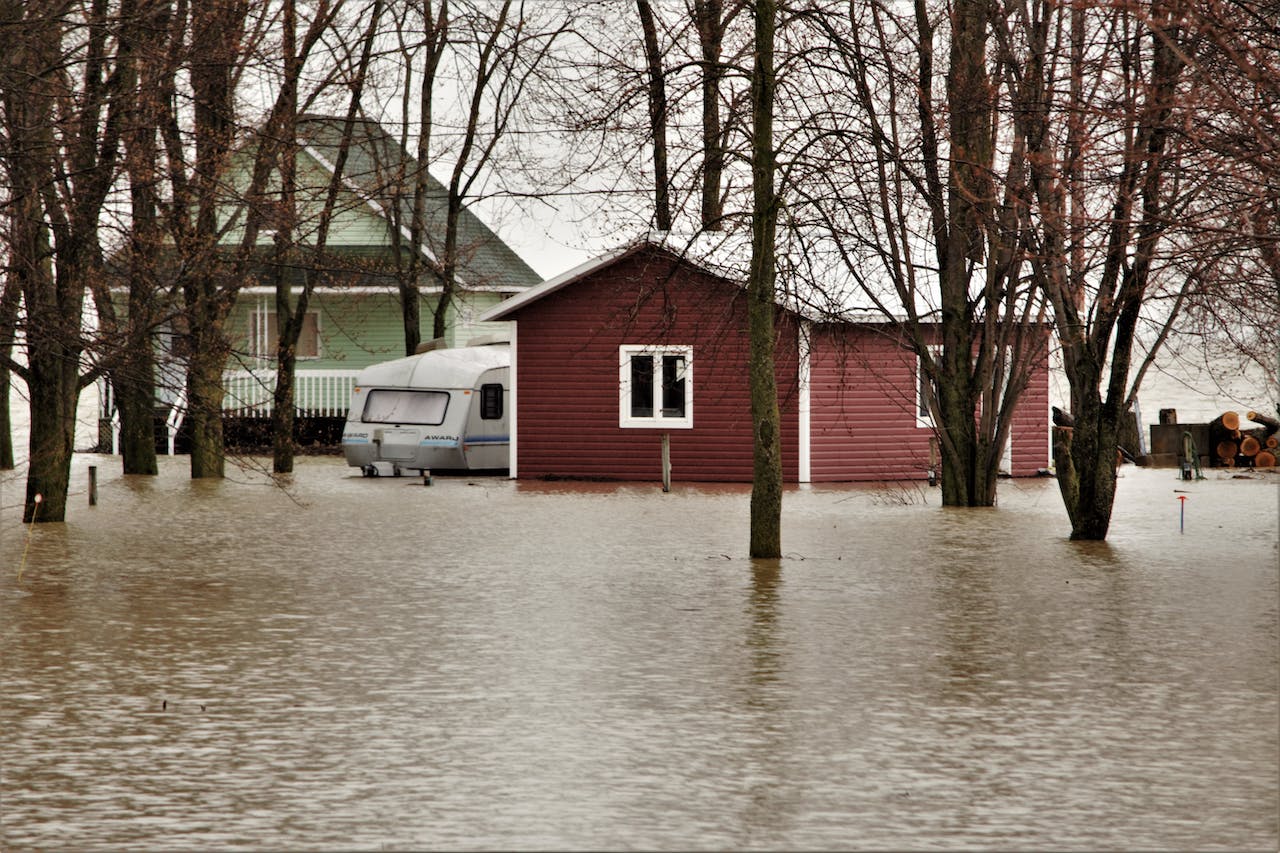
Hope Floats: Amphibious Houses In a Climate-Changed World
The effects of climate change continue to accelerate at an unprecedented rate. Even if we successfully reduce the most severe impacts, sea levels are still projected to rise by up to one foot higher than the levels recorded in the year 2000 by the century’s end. Given this situation, discussions on amphibious merits attention.
In the Philippines, we can expect event hotter days and more powerful typhoons. The Department of Science and Technology (DOST) in the Philippines has observed a trend of rising temperatures, as well as an increase in both the frequency and intensity of typhoons and overall rainfall.

It creates a need for housing that can withstand extreme weather conditions the world now faces. One of the central questions is how can homes survive the inevitable onslaught of climate change? Will our current construction methods be resilient enough to cope with floods and unprecedented heat waves? And how can our structures adapt to these conditions?
The Need for Housing that Adapts to the Environment
Housing made to adapt to its environment is not anything new. From boat houses that proliferate rivers and coastlines to igloos that create warmth in the Arctic, humans have figured out how to adapt to their environment.
The current climate crisis, however, poses even greater challenges than what we faced before. For one, environmental changes are happening within a generation. Both 2022 and 2023 recorded some of the hottest days on record, with scientists expecting this trend to continue from 2024 and beyond.
For another, society has largely settled, so to speak, from their previous nomadic ways. If and when cities begin to sink underwater, relocating their populations would create immense logistical and economic challenges. Jakarta, with a population of 10 million people, is currently 40% underwater and predicted to sink further as sea levels rise.

All coastal cities around the world are at risk. It would not only have a significant impact on the global economy, but more crucially, it would lead to the displacement of entire communities. This would result in a worldwide reduction in opportunities for progress and advancement. One promising long-term solution that could address these challenges is the development of amphibious housing.
How Amphibious Houses Work
The amphibious house’s structure is unique because it does not have a typical foundation. One option is to build a concrete pontoon—a U-shaped base enclosed within a flat underground dock.
The concept involves designing a house that can rise and float on the surface of floodwaters. During a flood, the house would elevate to stay above water level, allowing it to safely drift on the water’s surface. Once the floodwaters recede, the house would settle back down onto solid ground.
Its most prominent usage was during the rebuilding of New Orleans after Hurricane Katrina. Many homes upgraded to amphibious foundations, making them better equipped to handle future flooding.

Another method to make a home’s foundation amphibious involves installing a steel frame under the house and attaching foam blocks for buoyancy on the sides. This setup enables the house to float upwards during a flood, while sink posts connected to the steel frame keep the house anchored in its original position.
The Caveats of Amphibious Houses
And yet, amphibious houses haven’t been widely adopted across the world. That has more to do with government regulations and their cost to build. The Federal Emergency Management Agency (FEMA) in the United States believes that more research needs to be done on amphibious houses. This means homeowners can’t get flood insurance for houses retrofitted to be amphibious.
Then there’s the expense. Amphibious houses, compared to similar structures such as boat houses, are heavier and anchored firmly to the ground. Their construction and weight must be precisely managed to enable them to float during floods. Consequently, any future modifications must also consider this balance to ensure the house remains capable of floating.
A house retrofitted with amphibious foundations are harder to sell or insure. New Orleans residents who tried the method after Katrina had to revert to their previous set-ups for insurance purposes. For better institutional support, it would be better to build them whole-cloth in flood-prone areas to ensure their effectiveness.
Amphibious houses may not be a complete solution to the challenges posed by climate change. Nonetheless, they represent a method for developing architecture that can adapt to environmental needs. As the requirements of the country evolve over the years, it’s essential to explore new and better solutions to secure a better quality of life amidst the climate crisis.
Related article: Cities’ Nature-Based Solutions in coping with flooding and drought


